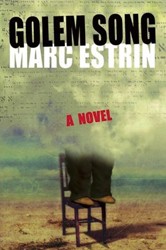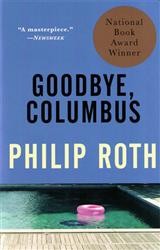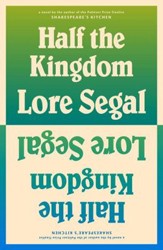J. D. Salinger: The Escape Artist, Thomas Beller’s biography of one of the world’s most revered recluses of literary genius, opens with “Sonny” — as he was then called — at four years old, dressed in full Indian costume and a suitcase of toy soldiers in hand, thus discovered by his mother in their apartment building’s lobby several hours after he had marched out of the family abode following an argument with his sister and ward for the afternoon, Doris. “Mother,” young Salinger promptly announced, “I am running away. But I stayed to say goodbye to you.”
It is no easy task to write about the life of a fanatically private public figure, as Beller well knows in embarking on the project with an illicit advance proof of Ian Hamilton’s ill-fated Salinger biography, famously (in the publishing world, at least) contested by its subject all the way to the Supreme Court. Anything written about Salinger becomes a work on the process of writing about him itself, the story of the investigation almost supplanting that of the elusive subject. Fully aware of the nature — and, perhaps, necessity — of this approach, Beller adds a third dimension in The Escape Artist: Beller’s own autobiography. In tracing the timeline, anecdotes, correspondences, and environments of Salinger’s life, Beller reflects not only on each experience of encountering and exhuming these materials, settings, and sources, but also on memories from his own childhood and career, “unfurled over much of the same landscape, amid the same landmarks and culture terrain, as J.D. Salinger’s.” With each progression in the biography, Beller considers the hazy suppositions around revelations into Salinger’s personal history against the moments and realities of his own secular but deeply Jewish upbringing on the Upper West Side of New York City, and of his career as a writer.
The result is a balanced and enjoyable work that reads like a walking tour of J.D. Salinger’s life. Beller transports his audience into the scenes of the biography, describing, narrating, and annotating at each venue as though shepherding a group of visitors on site, providing a cursory overview to each period and facet of the subject’s existence and embellishing with little-known facts, stories, and oddities like a seasoned docent.
Beller’s guidance extends to Salinger’s writing, grounding his analysis of both well-known and obscure works in the context of the events, values, and attitudes of the socially aloof (half-) Jewish writer raised in an upward-mobilizing household, educated in a preparatory military academy, and sent to Vienna at the brink of World War II. He vacillates between graduate writing programs before his enlistment as a counterintelligence officer in a unit triangulating the 123 camps of the Dachau concentration complex, and later marries a Nazi (whom he brings home to live with his parents on Park Avenue). He is alternately determined to see his work and name recognized, protected, and withdrawn.
J.D. Salinger: The Escape Artist proves a nice companion to the recent publication of a small collection of Salinger’s early stories: “The Young Folks,” “Go See Eddie,” and “Once a Week Won’t Kill You.” Indeed, Beller’s close reading of these among other works illuminates the developing signature voice and perspective of Salinger’s later, most popular writing. Along with the backstory to Salinger’s first published story — a miniature saga in its own right — Beller points to the shrewd skill and observation employed in the opening sentence of “The Young Folks”; ponders the sibling dynamics in “Go See Eddie” in comparison to Salinger’s close relationship with his sister Doris; and connects the contributor’s note submitted with “Once a Week Won’t Kill You” to Salinger’s exile overseeing an industrial livestock pen for his father’s ham business in a small town of north central Poland.
Read on their own, the three early stories are complex and, at first skim, as unlikable as the characters they contain. But there is, even in these fledgling works, a richness to Salinger’s writing that deepens upon closer examination: picking out the social nuances of a party in one side character’s glance, shedding violence in a dialogue as though the interlocutors could hear their own narrator provoking them, sharpening the lilt of a spouse’s coo to a shriek. Preserving these nearly lost pieces of J.D. Salinger’s early oeuvre, Three Early Stories proves that even his most negligible writing stands the test of time.
Related Content:
Additional Title Featured in Review
Nat Bernstein is the former Manager of Digital Content & Media, JBC Network Coordinator, and Contributing Editor at the Jewish Book Council and a graduate of Hampshire College.





